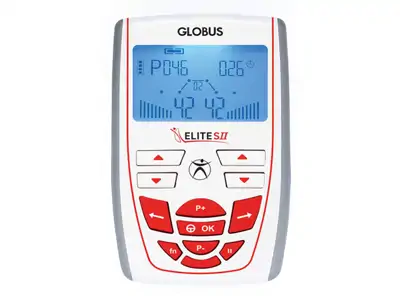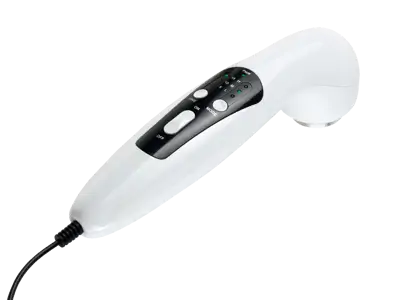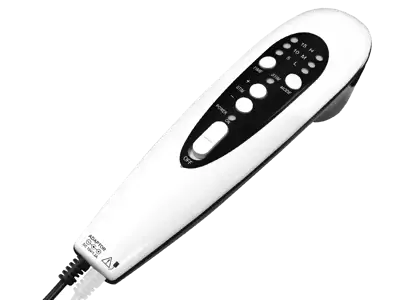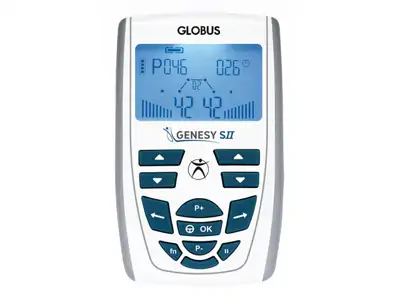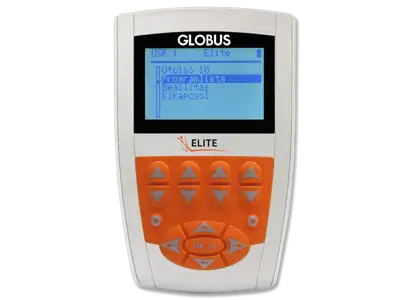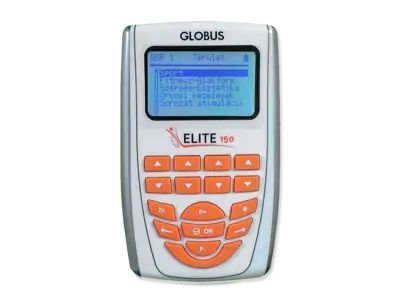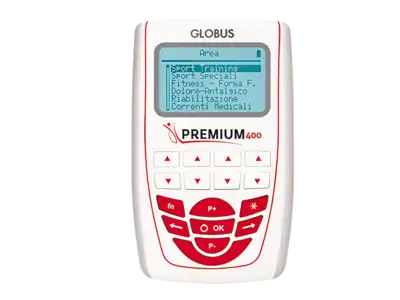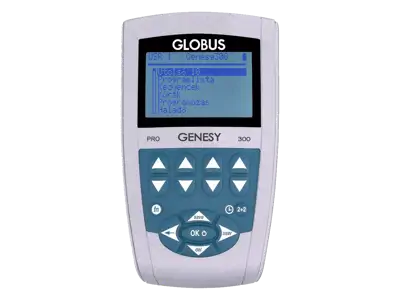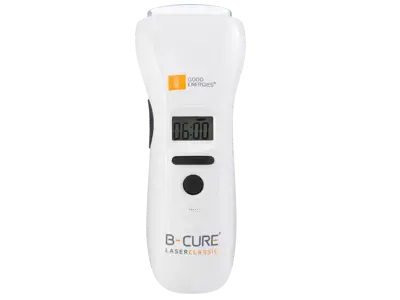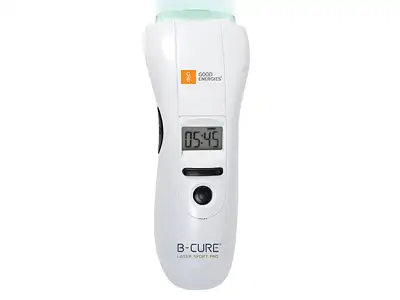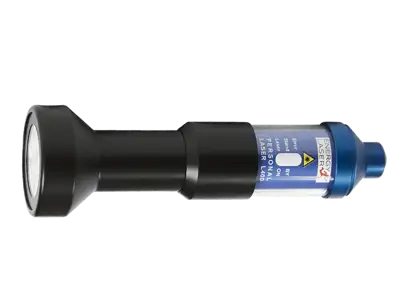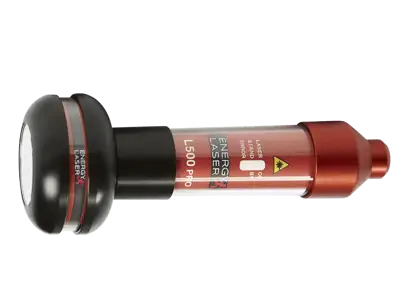Sciatica
Sciatica is a very painful symptom. It is important to reduce the pain, otherwise the patient can hardly move. Pain relief improves the patient's quality of life.
Read more...Ischiasis, the inflammation of the sciatic nerve, starts with severe pain. It usually resolves itself in a few weeks, but the excruciating pain makes it hard to wait. The first thing you should do in the case of sciatica is to relieve the pain, and after the pain has subsided, you should also take care to eliminate the cause. Treating sciatica at home takes perseverance, but it can take a few weeks to get results.
Symptoms of sciatica
The sciatic nerve starts at the level of your lower back and the upper edge of your pelvis. It runs down your hip-hips, through your thighs, down to your shins. Hence the sciatica complaints. The pain may appear in the lower back, but usually radiates downwards towards the genitals, buttocks, back of the thighs, back and outside of the legs. In mild cases, this pain is the only pain, but it can also cause sensory disturbance and even paralysis.
I have already mentioned that the pain most often appears in the buttocks, thighs or shins and this can fool you or even the inexperienced doctor!
The origin of the pain is up at the lumbar spine! Even though your thigh or shin hurts, it is the spine above that needs to be treated and the sciatic nerve relieved of pressure!
Causes of sciatica
The "root" of sciatica is in the lumbar spine. It may be caused by slipping, collapse, dislocation of the vertebrae, narrowing of the spinal canal, calcification of the joints of the spine, herniated disc. It is often triggered simply by weakness of the muscles supporting the spine and poor posture. The vertebrae come close together and press on the nerve fibre that exits between them.
If you have not had sciatica before, see a doctor as soon as possible to find out the cause and assess the severity of the condition. If you are examined and your symptoms recur, you can start home treatment immediately.
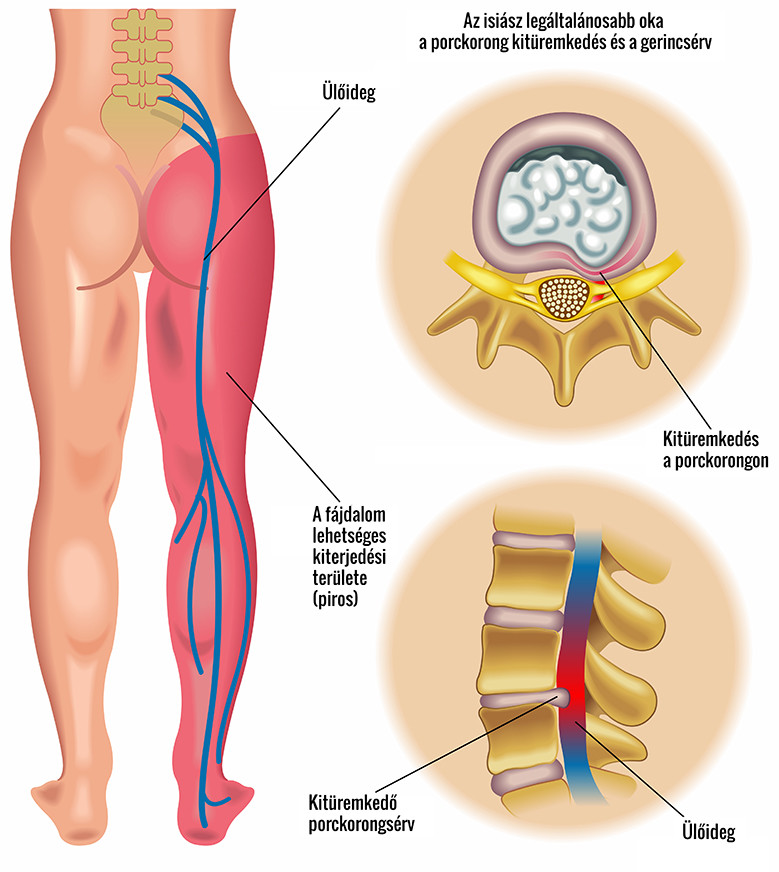
Home treatment for sciatica
If surgery is not an option, the treatment is conservative, aimed at reducing pain and relieving pressure on the nerve.
Optional treatment methods
- medications
- muscle relaxants
- painkillers (mainly non-steroidal anti-inflammatory)
- may take the form of tablets, infusions, injections into the muscle, painkilling patches
- adverse side effects should be expected with prolonged use of painkillers and anti-inflammatory drugs.
- physical therapy, in addition to or even instead of medication
- nerve stimulation: TENS, but even more microcurrent (MENS) treatment
- muscle stimulation
- therapeutic ultrasound
- soft laser
- magnetic-therapy
Treatment strategy for sciatica at home
You may want to break down your treatment into several stages
- to relieve pain
- with TENS treatment
- with microcurrent treatment
- with ultrasound treatment (to reduce edema around the nerve roots)
- soft laser treatment (to reduce edema around the nerve roots and regenerate damaged cells)
- relieve spinal muscle stiffness
- muscle stimulation, muscle relaxation and blood flow enhancement programs
- ultrasound treatment (therapeutic ultrasound warms and relaxes muscles, reduces oedema)
- strengthening the muscles of the spine through muscle stimulation
- this is the most important step in getting rid of sciatica. Strengthening the supporting muscles prevents the vertebrae from stacking up and putting pressure on the nerve.
Home physiotherapy equipment provides controlled medical programmes and is easy to use. All you have to do is follow the treatment recommendations. Physiotherapy sessions usually vary in length from 10-30 minutes. A particular advantage is that they have no side effects and can be repeated as needed.
Pain-relieving treatments (TENS, myocurrent, ultrasound, soft laser) are effective during or after a few sessions, while muscle-strengthening treatments take weeks (similar to gym exercise - one session won't get you fit, but if you persevere, the benefits will be felt).
Electrode placement for sciatica pain
Electrodes are often placed in the wrong place during TENS and microcurrent treatments for sciatica pain.Since the pain most often radiates to the leg, the electrodes are also glued there (on the thigh, knee or leg).
The real cause of sciatica is in the lumbar spine. Consequently, the focus of sciatica pain reduction is the lumbar region.
The electrode placement I recommend is shown in the figure below. This is how you place and connect the electrodes.

